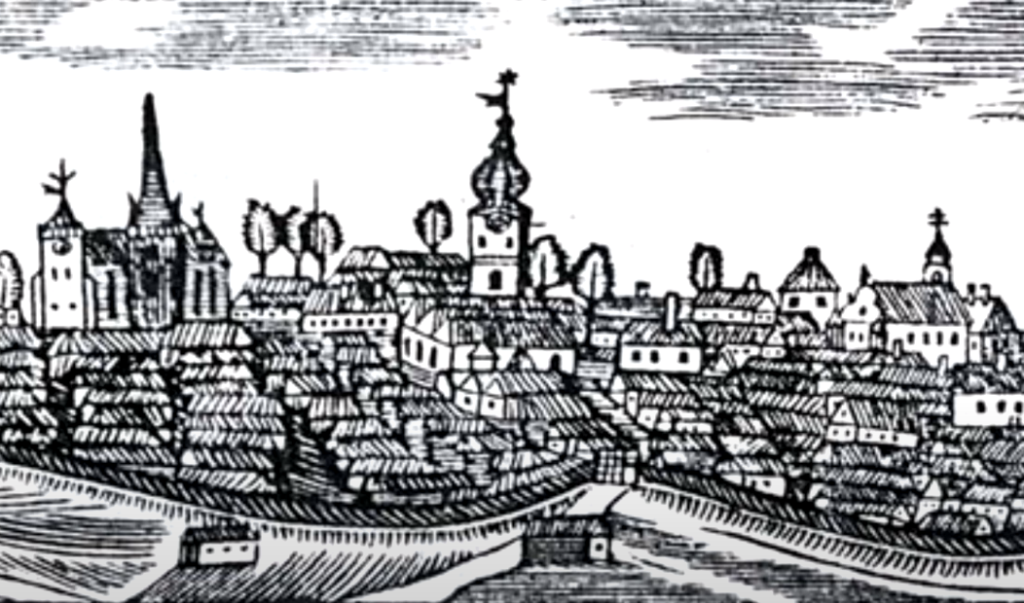A new historical video series created by the Méliusz Juhász Péter County Library, goes in depth about the history of the Vértesi Street, located on the outskirts of Debrecen, in an area known as Basahalom district. Although the word Basahalom may sound familiar to many people in Debrecen, because it is the name given to the new part of the city west of Tégláskert in 2004 by the city assembly.

In Boldizsár Barta’s 17th-century chronicle he reported that Pasha Szejdi, who defeated the city in 1660, camped here. Later, the area, and the Vértessy family played a significant role in the city’s industrial history.
The area bounded by Mikepércsi Road and the airport, was distributed to railwaymen and brickyard workers in 1871. Until then, wheat fields and vineyards lay here.
Potter Gábor Somogyi built a tile and brick factory here in 1827, and a castle for his family. The castle later fell into the hands of the Vértessy family, and so thereafter it was simply called Vértessy Castle. Vértessy married the niece of the chief engineer Mihály Balog, and who also joined the brick factory. The company also carried out the garbage collection and filled the pits left after clay extraction with municipal waste.
A member of the family, Lajos Vértessy, has not only used the garbage for that purpose but founded the first beach by backfilling the excavated clay pits in 1919. Local newspapers commented positively on the beach, where clean water, caning, drinks and food awaited bathers. The locals called it the “Cemetery of Troubles.” Lajos Vértessy formed the first swimming association and in August 1919 the first swimming competition in the city was held here.
The memory of Mihály Balog and István Vértessy has been preserved by a street name since 1910.
The factory and the castle were nationalized in 1952 while the factory was demolished and the lake was filled in. The castle is currently privately owned and has been a listed building since 2011.